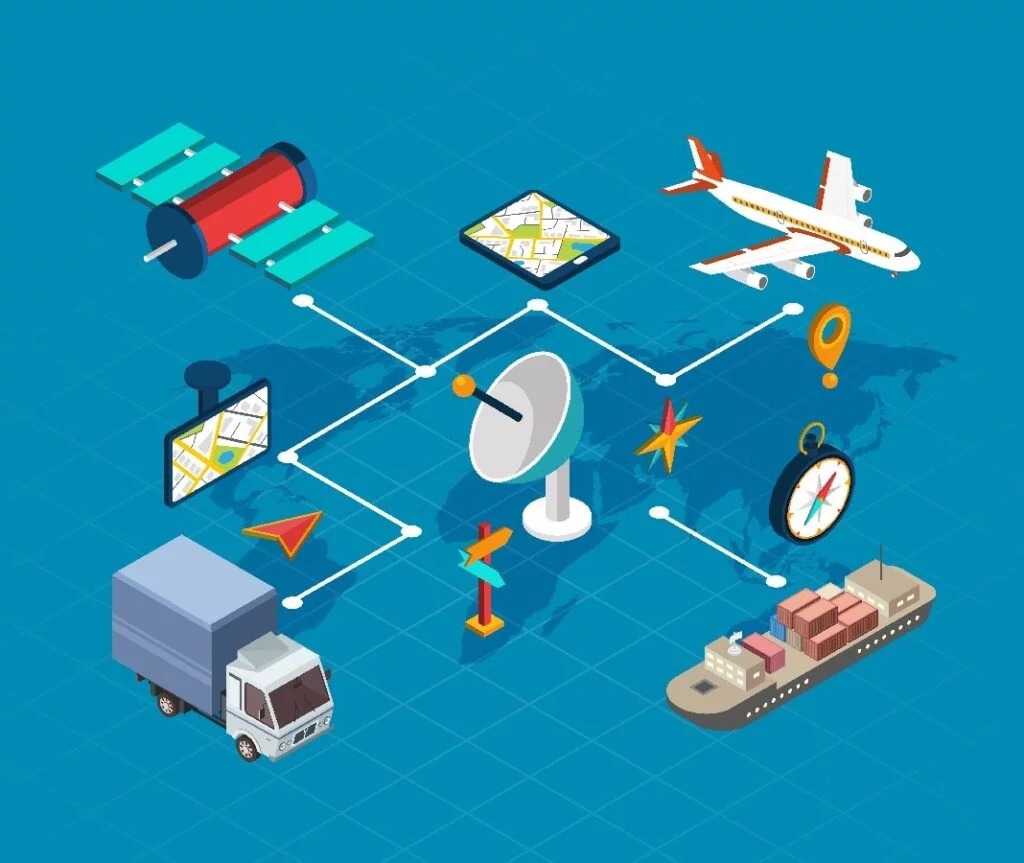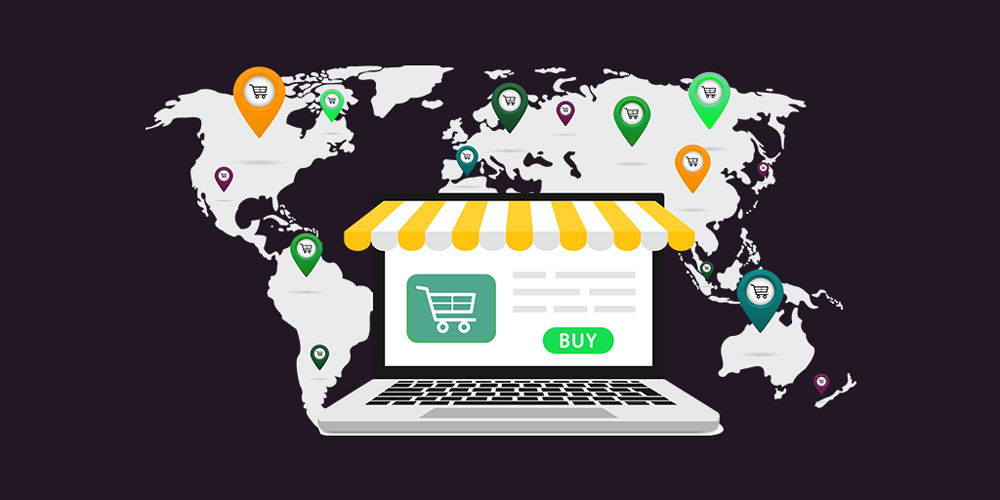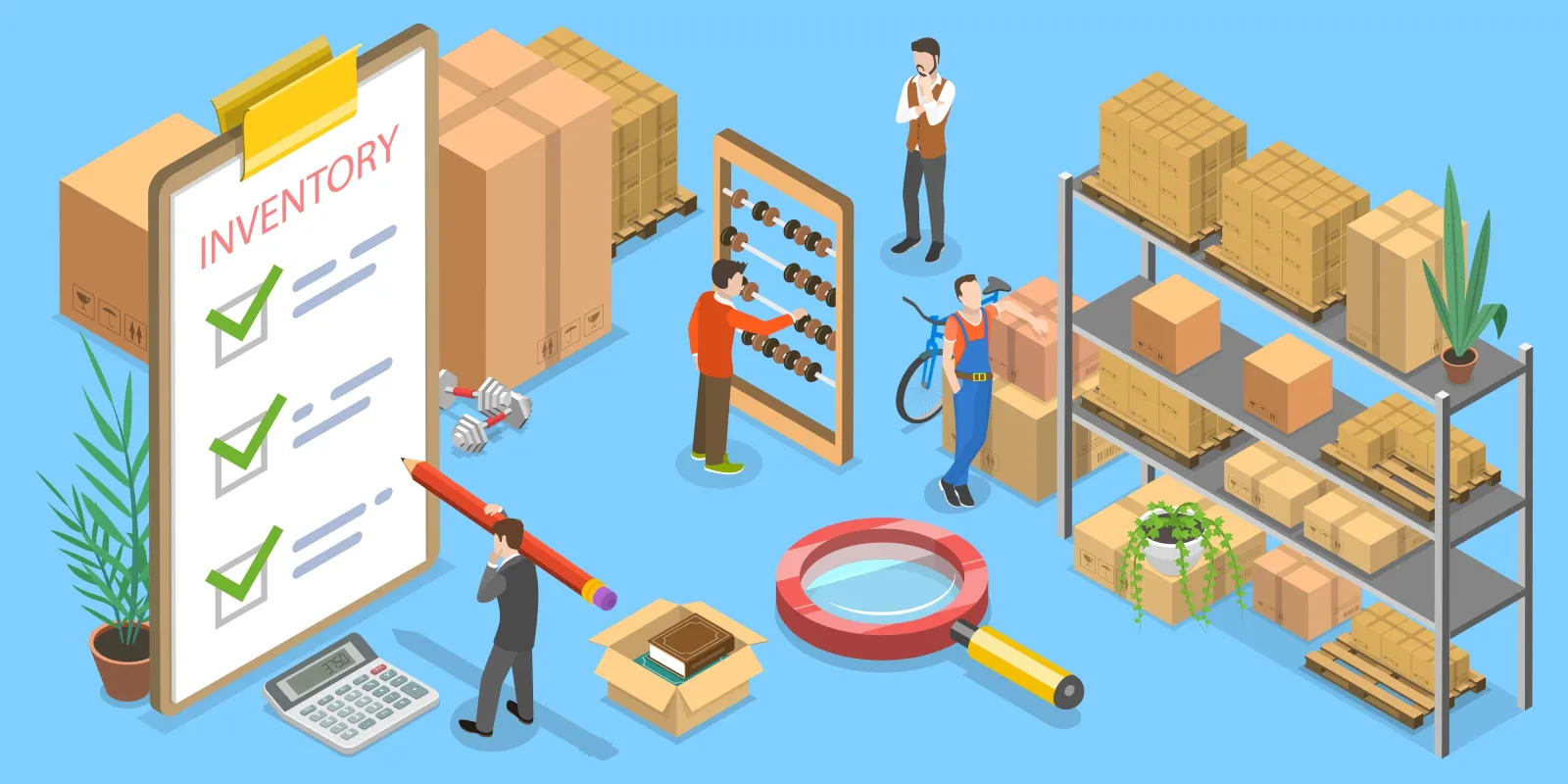Contrôle étendu du transporteur : De la planification du fret au dernier kilomètre
Dans le monde en constante évolution de la logistique moderne, la visibilité seule ne suffit plus. Les entreprises ont besoin d'informations et d'un contrôle concret sur leurs réseaux d'expédition, dès les premières étapes du processus d'expédition. planification du fret aux étapes de la dernier kilomètre de livraison. C'est là que le contrôle étendu des transporteurs entre en jeu, transformant des processus logistiques fragmentés en un système intégré, basé sur des données, qui favorise l'agilité, l'efficacité et la satisfaction des clients.
Cet article explique comment le contrôle étendu des transporteurs permet aux équipes logistiques de gérer les transporteurs de manière proactive à chaque étape du parcours de livraison.

Qu'est-ce que le contrôle étendu du transporteur ?
Le contrôle étendu des transporteurs désigne la capacité des équipes logistiques à influencer et à gérer les activités des transporteurs tout au long du cycle de vie d'un envoi. Plutôt que de réagir aux mises à jour des livraisons, les entreprises peuvent façonner les décisions d'acheminement, appliquer les accords de niveau de service (ALS), d'ajuster les allocations et de gérer les exceptions, le tout au sein d'une plateforme unifiée.
Il s'agit d'une intégration plus poussée entre Systèmes de gestion des transports (TMS)Les systèmes de gestion des stocks, les API des transporteurs, les systèmes d'entreposage et les systèmes de gestion de l'information de l'entreprise. suivi du dernier kilomètre des outils.

Phases clés du contrôle des transporteurs
1. Planification du fret et appels d'offres
Le contrôle des transporteurs commence dès la phase de planification. Les équipes logistiques peuvent :
- Prédéfinir les préférences d'expédition en fonction de la région, du coût et de la rapidité
- Acheminer les envois vers les transporteurs préférés grâce à des règles d'acheminement automatisées
- Évaluer les offres de plusieurs transporteurs et sélectionner les partenaires optimaux
Il en résulte une plus grande cohérence et moins de surprises une fois les expéditions en cours.
2. Suivi en transit et ajustements en cours de route
Une fois le fret en mouvement, le contrôle étendu permet d'ajuster les itinéraires en temps réel. Les équipes peuvent :
- Surveiller les mises à jour GPS et IoT pour tous les envois
- Détecter instantanément les retards ou les écarts
- Réacheminer ou accélérer les envois en fonction des conditions météorologiques, de la circulation ou de l'encombrement des entrepôts.
Ces corrections en cours de route permettent de tenir les promesses de livraison et de réduire les goulets d'étranglement en aval.

3. Livraison du dernier kilomètre Coordination
Le dernier kilomètre est souvent la chaîne logistique la plus imprévisible et la plus coûteuse. Grâce à un contrôle étendu, les entreprises peuvent :
- Affecter les livraisons à des transporteurs hyperlocaux ou gigantesques en fonction de la proximité et de la disponibilité.
- Ajuster les fenêtres de dépôt ou réessayer les livraisons ratées en temps réel
- Fournir des pages de suivi et des notifications de marque aux destinataires finaux
Ces caractéristiques améliorent la précision des livraisons et renforcent la confiance des clients.
Avantages du contrôle étendu des transporteurs
1. Amélioration des performances en matière de respect des délais de livraison
Le contrôle de l'exécution du transporteur, de la planification à la livraison, permet de réduire les délais non respectés et d'améliorer la conformité aux accords de niveau de service.
2. Réduction des coûts opérationnels
Les entreprises réduisent leurs coûts de fret et éliminent les changements de dernière minute inutiles en optimisant la sélection des transporteurs et en minimisant les interventions manuelles.
3. Moins d'exceptions et de perturbations
Une surveillance et une intervention proactives permettent aux équipes logistiques de prévenir les perturbations au lieu de gérer les crises de manière réactive.
4. Une meilleure expérience client
Les clients bénéficient de fenêtres de livraison précises, suivi en directet moins d'échecs de livraison - tout cela grâce à contrôle en temps réel sur les réseaux d'opérateurs.

5. Amélioration des rapports et de la responsabilité
Grâce à une visibilité complète des envois, les entreprises peuvent analyser les performances des transporteurs, appliquer des pénalités et renégocier les contrats sur la base de données et non d'hypothèses.
Cas d'utilisation : Chaîne d'approvisionnement du commerce de détail avec des transporteurs nationaux et régionaux
Un grand détaillant d'articles ménagers a utilisé le contrôle étendu des transporteurs pour gérer les livraisons dans plus de 300 magasins aux États-Unis. En intégrant leur TMS avec des transporteurs de fret nationaux et des services locaux de dernier kilomètre, ils ont pu :
- Réduction des délais liés aux ruptures de stock grâce à 35%
- Augmentation de la ponctualité des réapprovisionnements des magasins de 78% à 91%
- Passage d'un suivi réactif à une intervention proactive au moyen d'alertes automatisées et d'un routage intelligent
Caractéristiques à rechercher dans une plate-forme de contrôle des transporteurs étendue
Pour maximiser la valeur, les entreprises devraient rechercher des solutions avec :
- Intégration multi-transporteurs (national, régional, dernier kilomètre)
- Analyse prédictive pour la prévention des retards
- Logique dynamique de reroutage et de répartition
- SLA et tableaux de bord de performance personnalisables
- Compatibilité API avec les systèmes d'entreposage, d'ERP et de gestion des commandes
Réflexions finales
Le contrôle étendu des transporteurs n'est plus un luxe, mais une nécessité à l'ère du commerce électronique, de l'exécution omnicanale et de la livraison juste à temps. En maîtrisant chaque étape de l'expédition, de la planification du fret à la livraison finale, les entreprises peuvent construire des réseaux logistiques plus intelligents qui s'adaptent en temps réel et offrent de meilleurs résultats.
Qu'il s'agisse de gérer des centaines d'expéditions par jour ou de s'étendre à l'échelle mondiale, le contrôle étendu des transporteurs permet aux équipes logistiques d'être aux commandes...
Aperçu de l'industrie
nouvelles via la boîte de réception
Nulla turp dis cursus. Integer liberos euismod pretium faucibua







